In New Zealand, the symbol for this historic occasion is a red poppy, which is Australia's symbol for Remembrance Day (November 11) every year. In Australia, the slouch hat or the rising sun is the traditional emblem for Anzac Day.
Given that the word Anzac makes reference to both countries, it is unusual that the symbolism would differ.
The football St Kilda and Brisbane will use on Friday evening in Wellington has a poppy on it, as that symbolises New Zealand’s Anzac Day, while the red Sherrin used at the MCG earlier that afternoon has rising sun with a large A on it.
The red poppy is linked back to Flanders Fields in World War I.
The plant bloomed in the mud and soil of Flanders over fallen soldiers, prompting Canadian Lieutenant Colonel John McCrae to write a poem called ‘In Flanders Fields.’ He wrote the poem on May 3, 1915, and it was published in a London-based magazine in December of that year.
The poems reference to the red poppies growing ‘between the crosses, row on row’ resulted in the poppy becoming the worldwide memorial symbol for soldiers who have died in conflict.
The story goes that, the battlefields in northern France and Belgium were so churned up and ridden with blood and bodies, that when poppies grew they symbolised new life from death.Three Saints paying tribute to our fallen soldiers at the dawn service on the streets of Wellington. #lestweforget pic.twitter.com/H29xCXStyx
— St Kilda FC (@stkildafc) April 24, 2014
In September 1921, the Returned Soldiers Association in New Zealand placed an order for 366,000 poppies, to arrive in time for Remembrance Day two months later. The ship carrying the poppies from France arrived late, and as a result the association decided to wait until the next Anzac Day, in 1922.
Conversely, Australia received the red poppies in time for the first Remembrance Day services on November 11, and have used the red poppy ever since on this day, not Anzac Day.
While the symbolism differs slightly, the notion of Anzac Day is as prominent in New Zealand as it is in Australia. The Saints and Lions will remember those who served and died in military operations from both countries, as will 23 million Australians.


